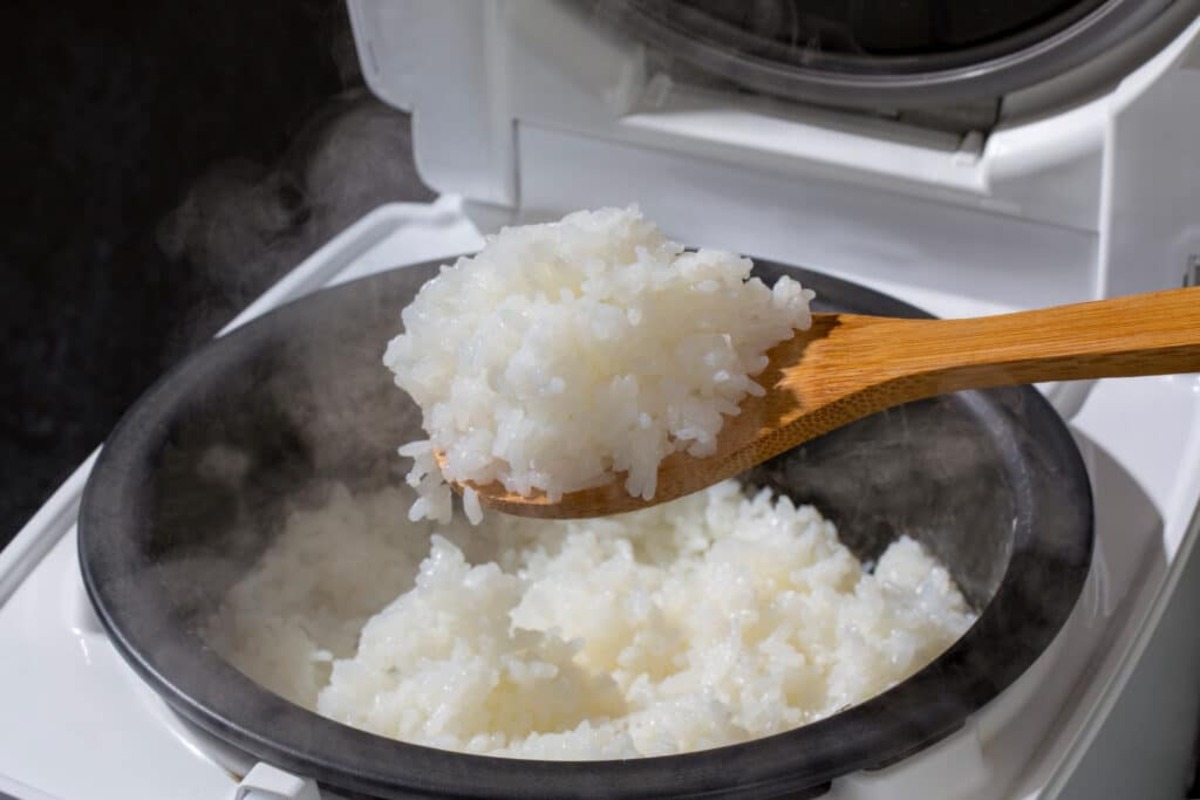

Articles
How Do You Know When A Rice Cooker Is Done
Modified: August 21, 2024
Learn how to determine if your rice cooker is finished cooking with this informative article. Discover the signs that indicate your rice is perfectly cooked.
(Many of the links in this article redirect to a specific reviewed product. Your purchase of these products through affiliate links helps to generate commission for Storables.com, at no extra cost. Learn more)
Introduction
Rice cookers are a convenient and efficient kitchen appliance that takes the guesswork out of cooking rice perfectly every time. Whether you are a seasoned chef or a novice in the kitchen, a rice cooker can be your best friend when it comes to preparing fluffy and perfectly cooked rice without any hassle.
But how do you know when a rice cooker is done? How can you determine if the rice is cooked to perfection without lifting the lid and interrupting the cooking process? In this article, we will explore the various indicators and features that can help you determine when your rice cooker has finished cooking.
Understanding these indicators will not only help you achieve perfectly cooked rice every time but will also allow you to make the most of your rice cooker’s capabilities. So, let’s dive in and unlock the secrets of knowing when a rice cooker is done!
Key Takeaways:
- Rice cookers offer indicator lights, temperature and time settings, audible alerts, and steam dispersion to determine when the rice is perfectly cooked without lifting the lid, ensuring convenience and delicious results.
- Utilizing a rice cooker timer and proper cleaning and maintenance are essential for achieving perfectly cooked rice and ensuring the longevity and optimal performance of the appliance.
Read more: How Does A Rice Cooker Know When Its Done
Understanding Rice Cookers
Rice cookers are ingenious appliances designed to simplify the process of cooking rice. They consist of an inner pot, a heating element, and a control panel that allows you to set the cooking time and temperature. Most rice cookers have a capacity to cook a range of rice varieties, from white rice to brown rice and even specialty grains like quinoa.
The inner pot of a rice cooker is usually made of non-stick material to prevent the rice from sticking to the bottom and ensure easy cleaning. The heating element located at the bottom of the cooker heats the pot and boils the water, which then turns into steam that cooks the rice.
Rice cookers have various features that contribute to the cooking process. These features include indicator lights, temperature and time settings, audible alerts, and steam dispersion systems. Understanding these features will help you determine when your rice cooker has finished cooking.
Indicator Lights:
Most rice cookers are equipped with indicator lights that provide visual cues to indicate the cooking process. These lights usually include “Cook” and “Keep Warm” settings. When you start the cooking cycle, the cooker’s “Cook” light will turn on, indicating that the rice is being cooked. Once the rice is done, the cooker will automatically switch to the “Keep Warm” setting, and the “Cook” light will turn off. This shift in indicator lights signifies that your rice is ready to be served.
Temperature and Time Settings:
Rice cookers come with temperature and time settings that allow you to customize the cooking process according to your preferences. The settings vary depending on the type of rice you are cooking, such as white rice, brown rice, or sushi rice. The cooker calculates the cooking time based on the selected setting and the amount of rice and water you have added. Once the set time has elapsed, the rice cooker will switch to the “Keep Warm” mode, indicating that your rice is cooked and ready.
Audible Alerts:
Some rice cookers have an audible alert feature that signals when the rice is done. This feature provides an audio cue, such as a beep or chime, to let you know that your rice is cooked to perfection and ready to be enjoyed. It is a convenient feature, especially if you are in another room or occupied with other tasks while your rice is cooking.
Indicator Lights
Indicator lights are a common feature found in most rice cookers and play an essential role in determining when the rice is cooked. These lights provide a visual representation of the cooking process and indicate when your rice cooker has finished cooking.
When you start the cooking cycle, the “Cook” indicator light will turn on, indicating that the rice cooker is actively cooking the rice. This light will remain on until the rice has finished cooking. Once the rice cooker completes the cooking process, it will automatically switch to the “Keep Warm” setting, and the “Cook” light will turn off, signaling that the rice is ready to be served.
Indicator lights are particularly helpful as they allow you to monitor the progress of your rice without having to lift the lid and interrupt the cooking process. This helps to maintain consistent heat and pressure inside the rice cooker, ensuring even cooking and perfect results.
It is important to note that the “Keep Warm” setting is designed to keep the rice at a warm temperature for an extended period without overcooking or drying it out. This feature is useful if you are not ready to serve the rice immediately or if you want to keep it warm for later use.
By paying attention to the indicator lights on your rice cooker, you can easily determine when the rice is cooked and ready to be enjoyed. It is recommended to let the rice sit in the “Keep Warm” mode for a few minutes before serving, as this allows the moisture to distribute evenly and gives you fluffier and more delicious rice.
Indicator lights are a simple yet effective feature that takes the guesswork out of cooking rice. They provide a visual confirmation that your rice cooker has finished its job, giving you peace of mind and the assurance that your rice is perfectly cooked and ready to be savored.
Temperature and Time Settings
Rice cookers offer the convenience of adjustable temperature and time settings, allowing you to tailor the cooking process to suit your preferences and the specific type of rice you are making. Understanding and utilizing these settings will help you achieve perfectly cooked rice with ease.
The temperature and time settings on a rice cooker vary depending on the make and model of the appliance. Common temperature settings include low, medium, and high, while time settings typically range from 15 minutes to 60 minutes or more.
When cooking rice, it is important to follow the recommended ratios of rice to water and adjust the settings accordingly. For example, cooking white rice may require a higher temperature and shorter cooking time, while brown rice may require a lower temperature and longer cooking time. By following the manufacturer’s instructions and selecting the appropriate temperature and time settings, you can ensure optimal results.
Setting the temperature and time on your rice cooker is a straightforward process. Most rice cookers have a control panel with clearly labeled buttons for adjusting these settings. Simply select the desired temperature and time based on the type of rice you are cooking and the desired level of tenderness.
Once you have set the temperature and time, the rice cooker will begin the cooking process. The cooker will maintain a steady temperature throughout the cooking duration, allowing the rice to cook evenly and thoroughly. When the set cooking time has elapsed, the rice cooker will automatically switch to the “Keep Warm” setting, ensuring that your rice stays warm until you are ready to serve it.
It is important to note that some rice cookers have built-in sensors and algorithms that adjust the temperature and cooking time based on the amount and type of rice being cooked. These intelligent rice cookers take the guesswork out of setting the temperature and time, ensuring consistent results every time you cook rice.
By utilizing the temperature and time settings on your rice cooker, you can customize the cooking process to suit your preferences and achieve perfectly cooked rice that is fluffy, tender, and delicious. Experiment with different settings and rice varieties to find the perfect combination that suits your taste.
Be sure to consult the user manual of your rice cooker for specific instructions and recommended temperature and time settings for different types of rice. With a little practice and understanding of these settings, you will become a master of rice cooking using your trusty rice cooker.
Audible Alerts
Audible alerts are a convenient feature found in some rice cookers that provide an audio cue to let you know when your rice is cooked to perfection. These alerts come in the form of beeps or chimes and offer an additional sensory indicator of the cooking process.
When using a rice cooker with audible alerts, you can set the cooking time according to your preferences and the type of rice you are cooking. Once the set time has elapsed, the rice cooker will emit a series of beeps or chimes to indicate that your rice is ready.
Audible alerts are especially useful when you are multitasking or are in another part of the house while your rice is cooking. Instead of constantly checking the rice cooker or relying solely on visual indicators, you can rely on the audible alerts to let you know when it’s time to enjoy your perfectly cooked rice.
These alerts can also act as a helpful reminder if you tend to forget about the cooking time or get caught up in other tasks. The sound of the alerts will grab your attention and prompt you to turn off the rice cooker or shift it to the “Keep Warm” setting, preventing overcooking or drying out of the rice.
While audible alerts can undoubtedly be helpful, they may not be preferred by everyone. Some individuals may find the sound distracting or disruptive in certain situations. In such cases, it is best to opt for a rice cooker without the audible alert feature or to choose a model that allows you to disable or adjust the volume of the alerts.
When purchasing a rice cooker, consider your personal preferences and cooking habits to determine if audible alerts are a must-have feature for you. If you often find yourself preoccupied or tend to forget about the cooking time, audible alerts can be a valuable addition to your rice cooking routine.
Remember to consult the user manual of your rice cooker for instructions on how to set and adjust the audible alerts. Familiarize yourself with the different beep or chime patterns to understand what they signify, such as the end of cooking or the transition to the “Keep Warm” mode.
Audible alerts provide a convenient way to know when your rice cooker has finished cooking. Embrace this feature if you appreciate the extra reassurance and convenience it offers, making your rice cooking experience more enjoyable and efficient.
When using a rice cooker, you can tell it’s done when the steam stops escaping and the “cook” light switches to “warm.” Let it sit for a few minutes before fluffing the rice with a fork.
Checking the Rice Texture
Checking the texture of the rice is a tried and true method for determining if your rice cooker has finished cooking. While rice cookers automate the cooking process, it’s important to check the rice texture to ensure it meets your desired level of doneness.
One way to check the rice texture is by using a spoon or fork to gently fluff and separate the grains. The rice should be soft but not mushy, with each grain separate and distinct. If the rice appears too dry or undercooked, you may need to add a bit of water and continue cooking for a few more minutes, or adjust the cooking time and temperature settings for the next time you cook.
Another method to check the rice texture is by tasting a few grains. Take a small portion of rice and allow it to cool slightly before tasting. The rice should have a tender, slightly chewy texture, but not be hard or crunchy. If the rice is not cooked to your liking, you can put it back in the rice cooker and continue cooking for a bit longer.
Keep in mind that the rice may appear slightly wet right after cooking, but it will dry out a bit as it sits in the “Keep Warm” mode. If you prefer drier rice, you can leave it in the “Keep Warm” mode for a shorter duration or remove it from the rice cooker immediately after it has finished cooking.
It’s important to note that the cooking time and texture may vary depending on the type of rice you are using. Some varieties, like short-grain rice, may have a stickier texture, while long-grain rice is typically fluffier. Experiment with different types of rice and adjust the cooking time and water ratio accordingly to achieve your desired texture.
By checking the rice texture, you can make adjustments to ensure that your rice is cooked to perfection. The more you cook with your rice cooker and familiarize yourself with its settings, the better you will become at achieving the ideal rice texture that suits your taste.
Remember that practice makes perfect, and with time, you will develop a knack for determining the ideal cooking time and texture for your preferred rice recipes.
Steam Dispersion
Steam dispersion is an important factor to consider when determining if your rice cooker has finished cooking. Proper steam dispersion ensures that the rice is evenly cooked and prevents excess moisture from accumulating, resulting in mushy or clumpy rice.
Rice cookers are designed with a vent or steam release mechanism to allow the steam to escape during the cooking process. This helps to maintain the ideal cooking environment inside the cooker and prevents excessive pressure buildup.
When the rice cooker is in the cooking mode, you will notice steam escaping from the vent or release valve. This signifies that the rice is being cooked and that the steam is actively circulating within the cooker.
As the rice approaches the end of the cooking process, you may observe a reduction in the amount of steam being released. This reduction indicates that most of the water has been absorbed by the rice, and the cooking is nearing completion.
Once the rice cooker has finished cooking, you may notice a small amount of steam lingering around the vent or release valve. This residual steam is normal and is an indication that the rice is fully cooked and ready to be served.
Proper steam dispersion during the cooking process ensures that the rice is evenly cooked, with every grain being properly hydrated and fluffy. It also helps to prevent excessive moisture from building up, which can lead to soggy or clumpy rice.
It’s important to allow the rice to sit in the rice cooker, in the “Keep Warm” mode, for a few minutes after the cooking is done. During this time, any remaining moisture will distribute evenly throughout the rice, resulting in a more uniform and tasty final product.
Remember to avoid lifting the lid of the rice cooker during the cooking process unless absolutely necessary. Lifting the lid can release the steam and interrupt the cooking process, resulting in unevenly cooked rice.
By ensuring proper steam dispersion and allowing the rice to rest after cooking, you can achieve perfectly cooked rice with the right texture and moisture content. Pay attention to the presence and behavior of steam throughout the cooking process, as it can provide valuable insights into the readiness of your rice.
Keep in mind that the steam dispersion and behavior may vary slightly depending on the specific make and model of your rice cooker. Refer to the user manual for specific instructions and guidelines on steam dispersion for your particular rice cooker.
Using a Rice Cooker Timer
A rice cooker timer is a handy feature that allows you to delay the start of the cooking process, giving you more flexibility and convenience in meal planning. This feature is particularly useful when you want your rice to be ready at a specific time, such as when you’re busy or away from the kitchen.
Using the rice cooker timer is simple and straightforward. Here’s how it works:
1. Measure the desired amount of rice and rinse it thoroughly. Add the rinsed rice to the inner pot of the rice cooker.
2. Add the appropriate amount of water according to the rice cooker’s instructions or your preferred water-to-rice ratio.
3. Set the timer on your rice cooker to the desired delay time. This can usually be done using the control panel or buttons on the front of the appliance.
4. Select the desired cooking settings (temperature and time) for the specific type of rice you are cooking.
5. Once the timer is set and the cooking settings are selected, the rice cooker will begin the cooking process after the specified delay time has elapsed. You can go about your daily activities or even leave the house, knowing that your rice will be perfectly cooked and ready when you return.
Using a rice cooker timer allows you to plan your meals more efficiently, especially when juggling multiple tasks or schedules. By utilizing this feature, you can have your rice automatically cooked and ready at your desired time, making meal preparation a breeze.
It’s important to note that when using the timer feature, you should ensure that perishable ingredients, if any, are kept refrigerated until cooking begins to maintain their freshness and quality.
When the cooking process begins, the rice cooker will follow the set cooking temperature and time settings, resulting in perfectly cooked rice. Once the rice is ready, the rice cooker will automatically transition to the “Keep Warm” mode, ensuring that your rice remains warm and ready for serving.
Remember to consult the user manual of your rice cooker for specific instructions on how to use the timer feature. Different rice cooker models may have varying methods of setting the timer, so it’s essential to familiarize yourself with the proper procedure for your specific appliance.
Using a rice cooker timer adds convenience and flexibility to your meal planning by allowing you to have perfectly cooked rice exactly when you need it. Embrace this feature and make the most of your rice cooker’s capabilities to streamline your cooking process.
Cleaning and Maintenance
Proper cleaning and maintenance of your rice cooker are essential for its longevity and optimal performance. Regular maintenance not only ensures that your rice cooker remains in good condition but also helps to keep your cooked rice tasting delicious. Here are some tips to keep your rice cooker clean and well-maintained:
1. Unplug the rice cooker: Before cleaning your rice cooker, make sure it is unplugged and has cooled down. This will prevent any potential accidents or injuries.
2. Remove the inner pot: Take out the inner pot from the rice cooker. Most inner pots are removable and made of non-stick material, allowing for easy cleaning.
3. Wash the inner pot: Wash the inner pot with warm water and mild dish soap. Use a soft sponge or cloth to gently scrub away any food particles or residue. Avoid using abrasive materials that could damage the non-stick coating.
4. Clean the exterior: Wipe down the exterior of the rice cooker with a damp cloth or sponge. Pay attention to any food spills or splatters that may have occurred during the cooking process.
5. Clean the lid: Remove the lid of the rice cooker and clean it thoroughly. If the lid is detachable, wash it with warm soapy water. If it’s not detachable, wipe it down with a damp cloth.
6. Clean the steam vent: The steam vent is a crucial part of the rice cooker that allows excess steam to escape during cooking. Use a small brush, such as a toothbrush, to clean any food or debris that may have accumulated in the steam vent.
7. Dry thoroughly: After cleaning, make sure to dry all the components of the rice cooker thoroughly. Moisture can lead to mold or other issues if not properly dried.
8. Storage: When not in use, store your rice cooker in a cool and dry place. Avoid storing it in areas exposed to heat, moisture, or direct sunlight.
9. Descaling: Over time, mineral deposits and limescale may build up on the heating element or inner pot. Descaling solutions or a mixture of vinegar and water can be used to remove these deposits. Refer to the manufacturer’s guidelines for the recommended descaling process for your specific rice cooker model.
10. Follow manufacturer instructions: Always refer to the manufacturer’s instructions and guidelines for specific cleaning and maintenance recommendations for your rice cooker. Different models may have unique features or materials that require specific care.
By regularly cleaning and maintaining your rice cooker, you can ensure its longevity and optimal performance. Proper care and attention will result in consistently delicious rice and a hassle-free cooking experience.
Remember to handle your rice cooker with care and avoid using abrasive cleaners or utensils that could damage the non-stick coating or other parts of the appliance. With proper cleaning and maintenance, your rice cooker will continue to serve you well for many years to come.
Read more: How Does Rice Cooker Know When To Stop
Conclusion
Knowing when a rice cooker is done is a crucial aspect of achieving perfectly cooked rice. Rice cookers offer a variety of indicators and features that help determine the readiness of the rice without the need to lift the lid and interrupt the cooking process.
From indicator lights that switch from “Cook” to “Keep Warm” to temperature and time settings that can be customized, rice cookers provide convenient ways to ensure the rice is cooked just right.
Audible alerts offer an additional sensory cue, notifying you when the rice is cooked to perfection. Checking the rice texture by gently fluffing and sampling a few grains gives you a hands-on approach to ensure its desired consistency.
Steam dispersion is an important factor to consider, as it contributes to even heat distribution and prevents the rice from becoming overly moist or clumpy. Utilizing the timer feature allows you to delay the start of the cooking process, ensuring that the rice is ready exactly when you need it.
Cleaning and maintaining your rice cooker is essential for its longevity and optimal performance. Regular maintenance, such as washing the inner pot and cleaning the exterior and vent, keeps the appliance in top shape and prevents the buildup of residue or odors.
In conclusion, understanding the various indicators and features of a rice cooker is key to knowing when the rice is done. By utilizing these features and following proper maintenance procedures, you can confidently prepare delicious, fluffy, and perfectly cooked rice every time.
So, whether you are a rice lover or simply enjoy the ease and convenience of cooking with a rice cooker, now you have the knowledge to determine when your rice cooker has finished its job. Enjoy your tasty rice creations with the assurance that your rice cooker has done its job, providing you with a delightful and satisfying meal.
Frequently Asked Questions about How Do You Know When A Rice Cooker Is Done
Was this page helpful?
At Storables.com, we guarantee accurate and reliable information. Our content, validated by Expert Board Contributors, is crafted following stringent Editorial Policies. We're committed to providing you with well-researched, expert-backed insights for all your informational needs.
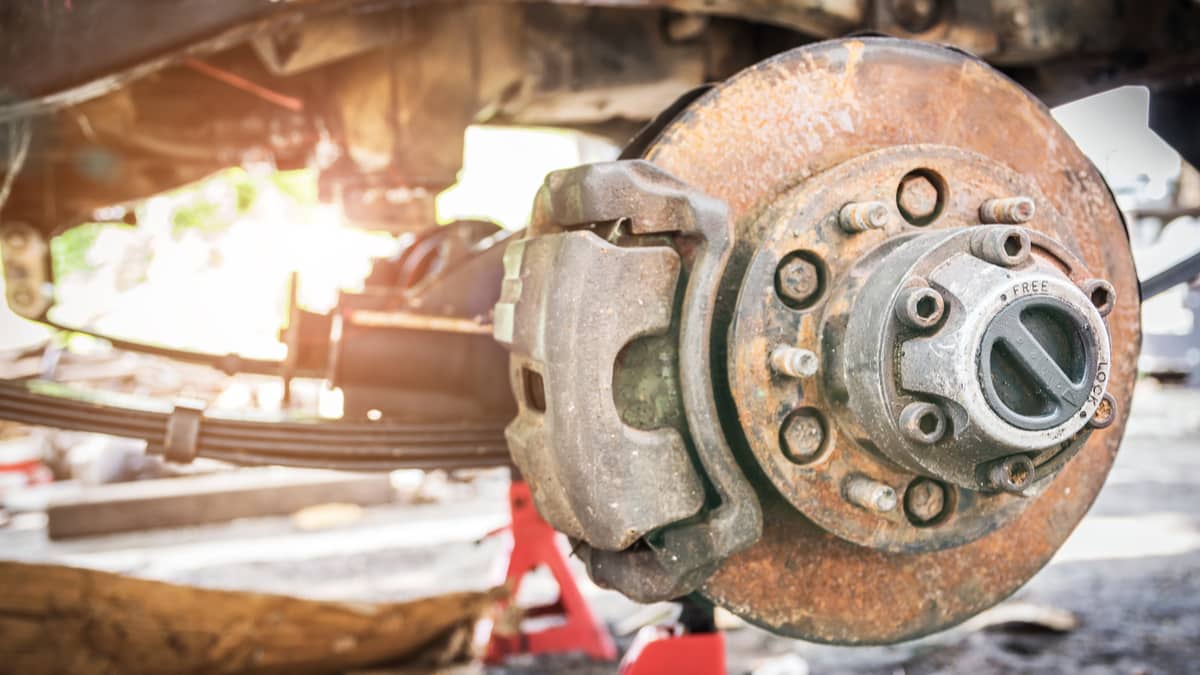

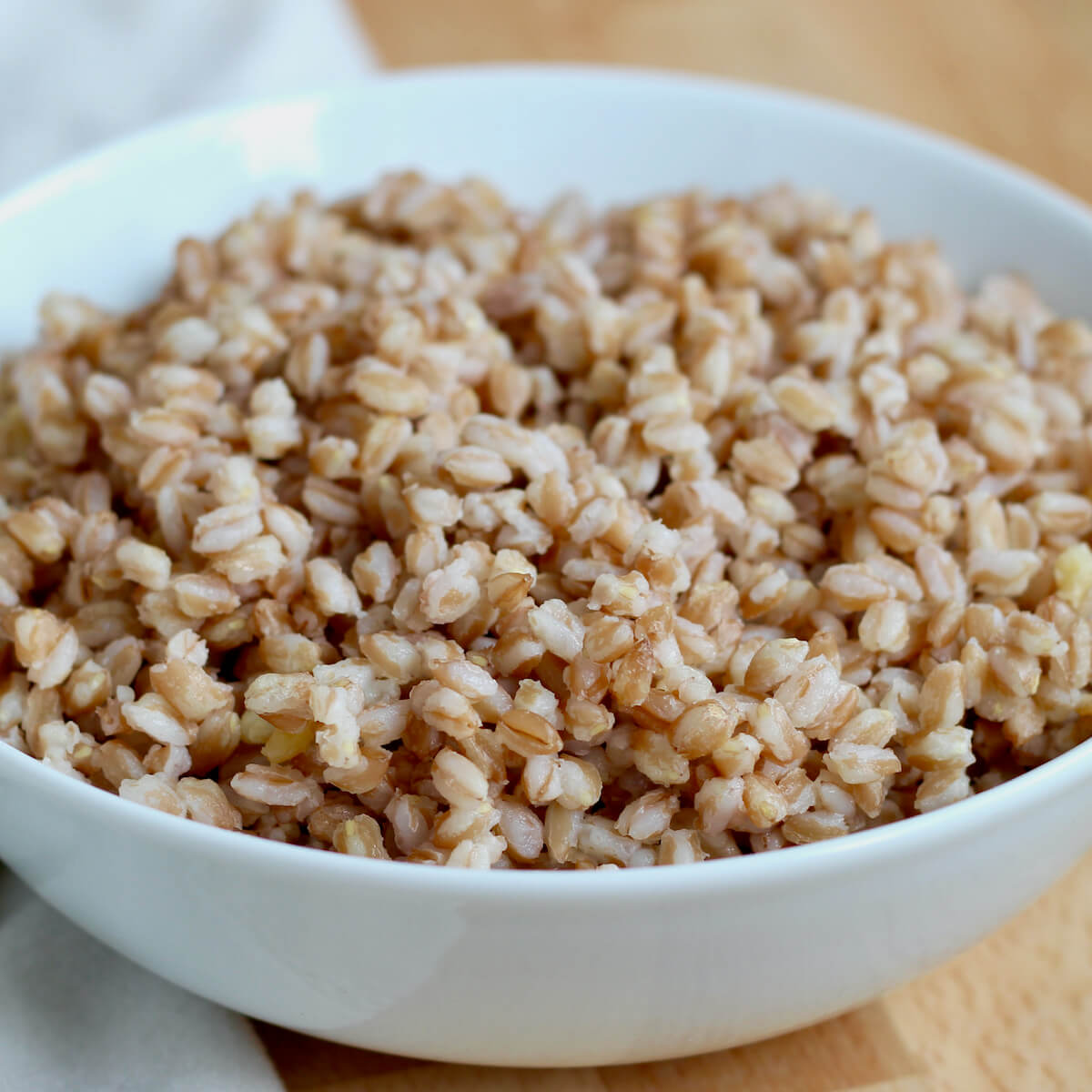
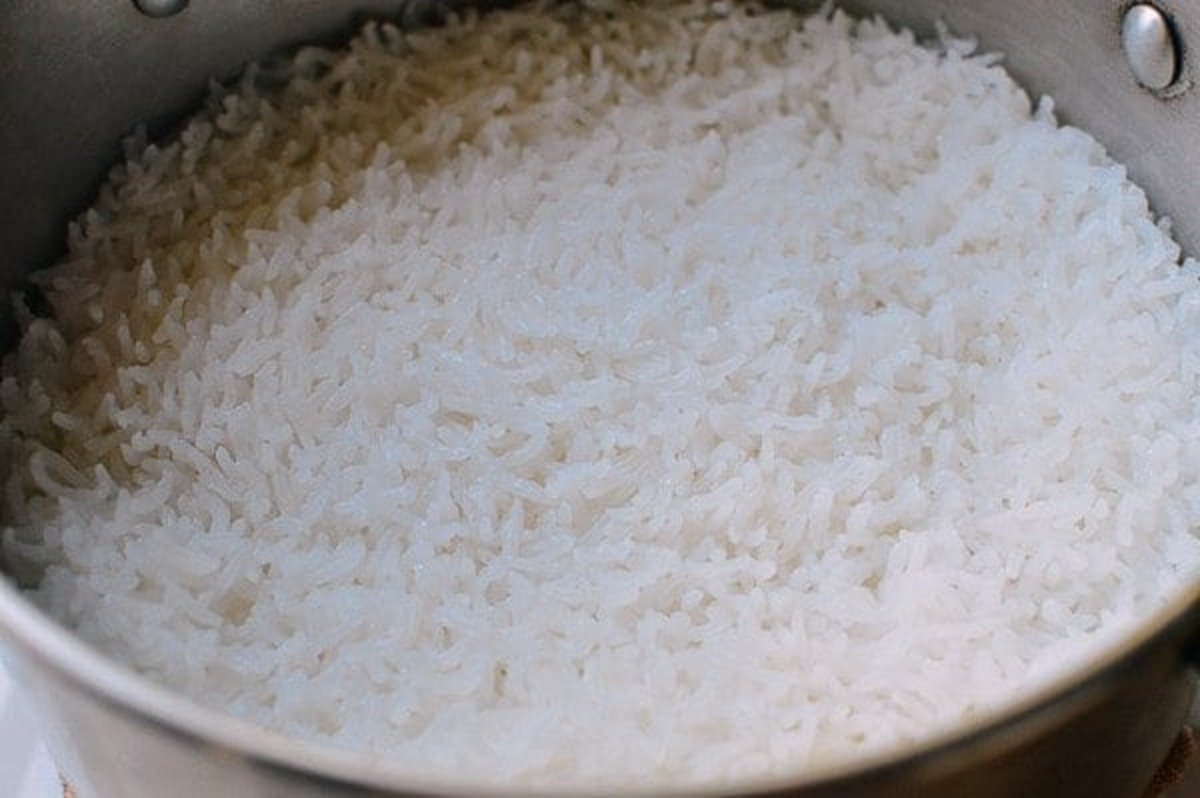
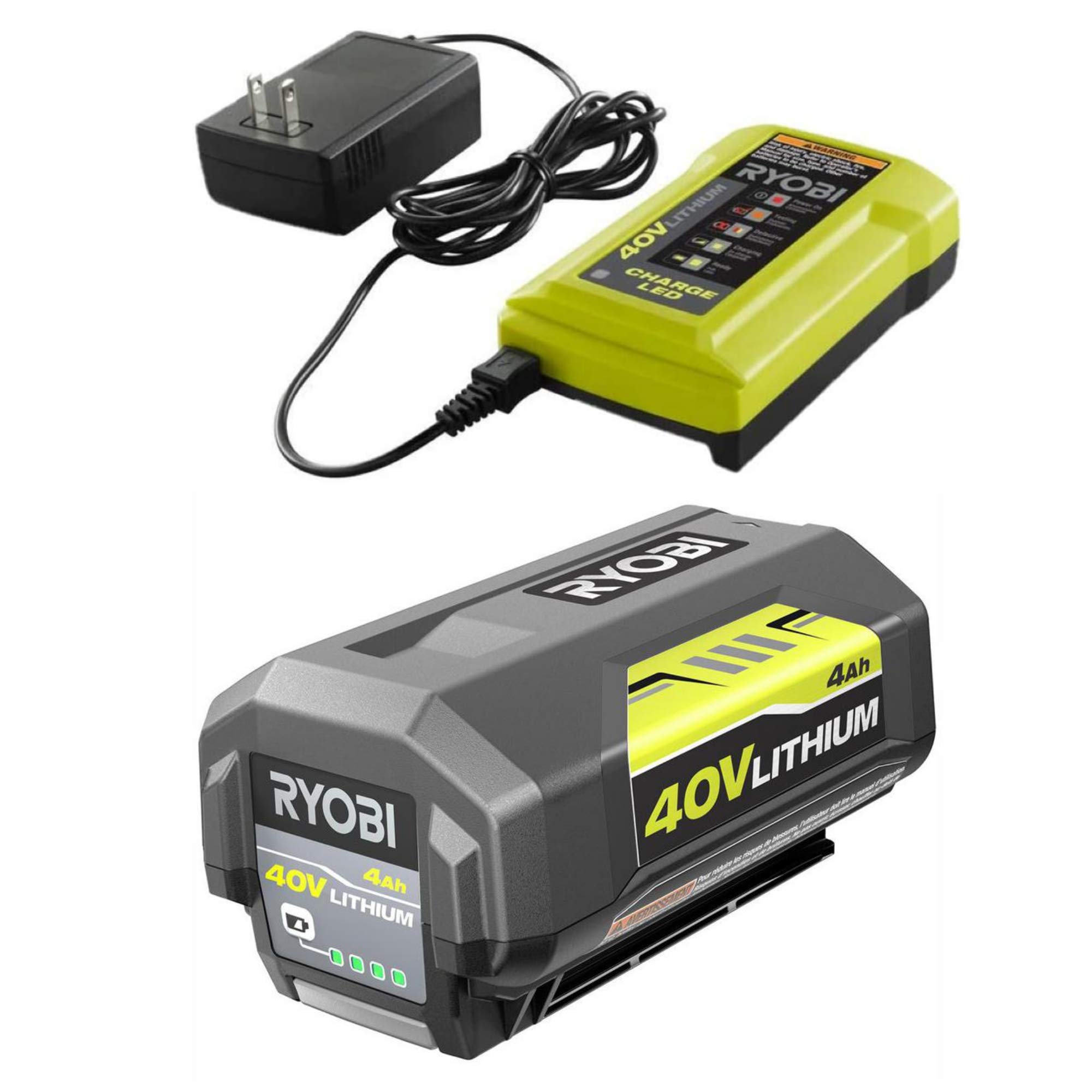
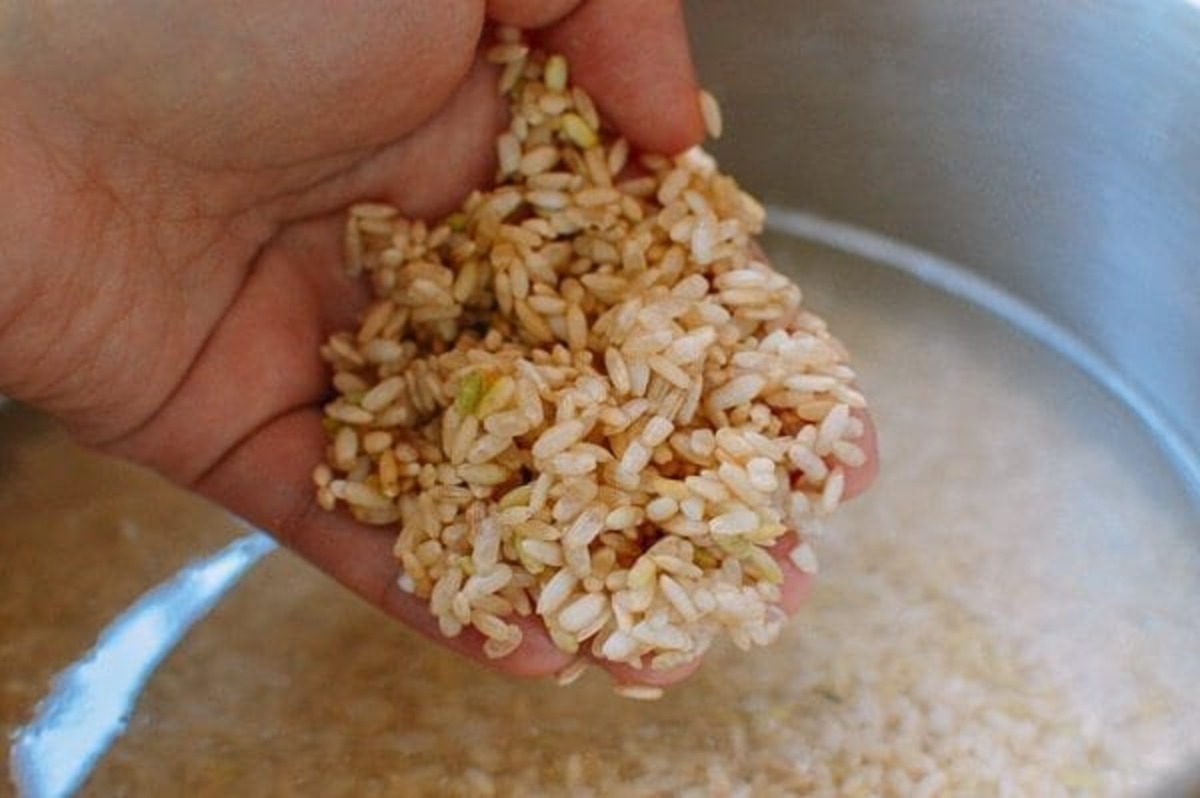
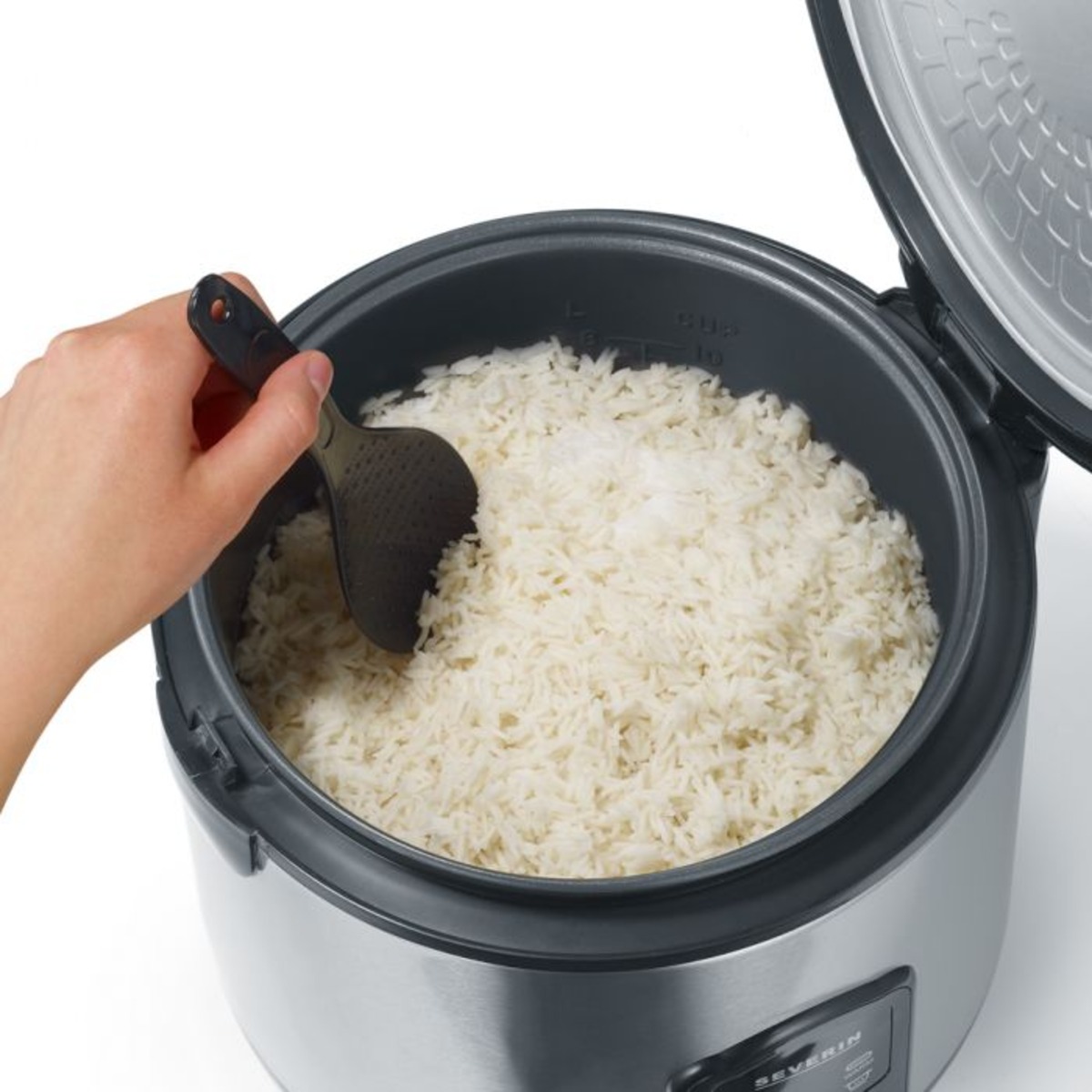
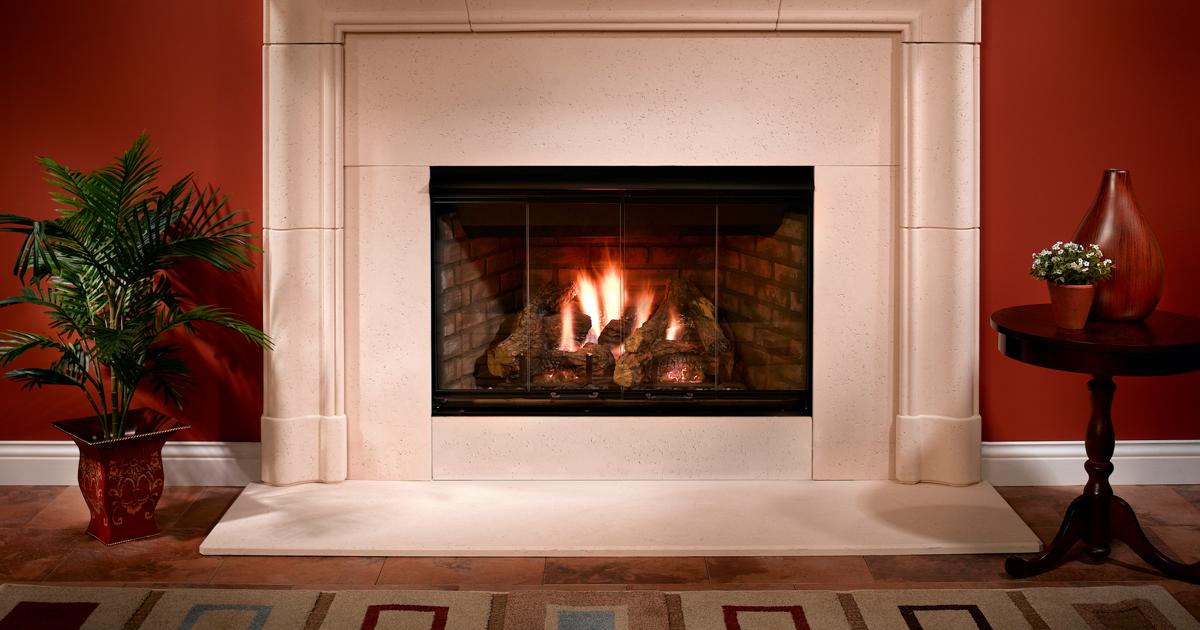
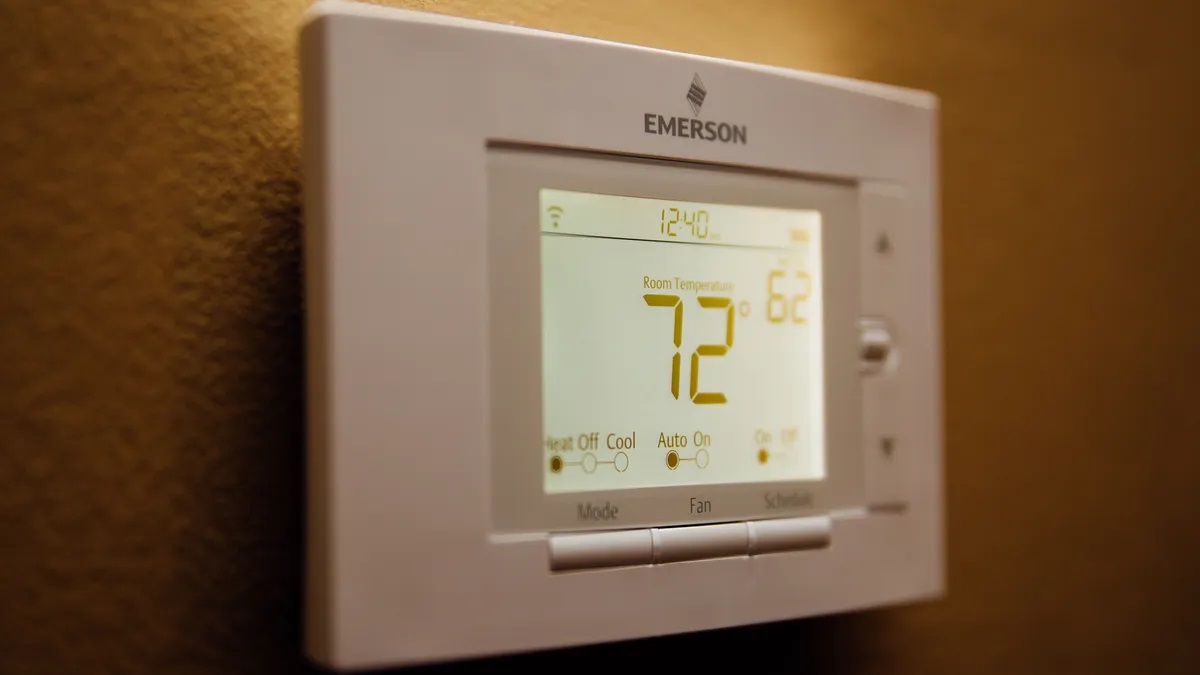
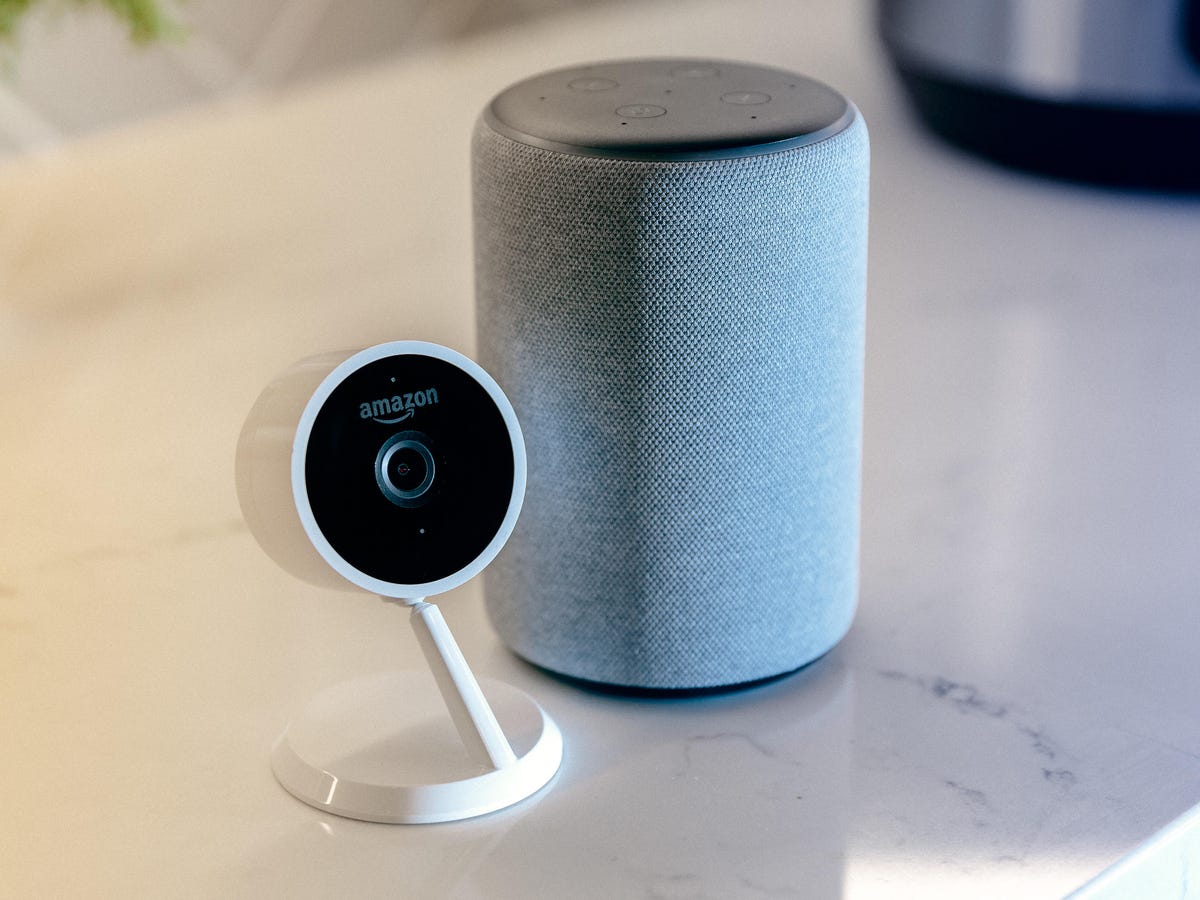

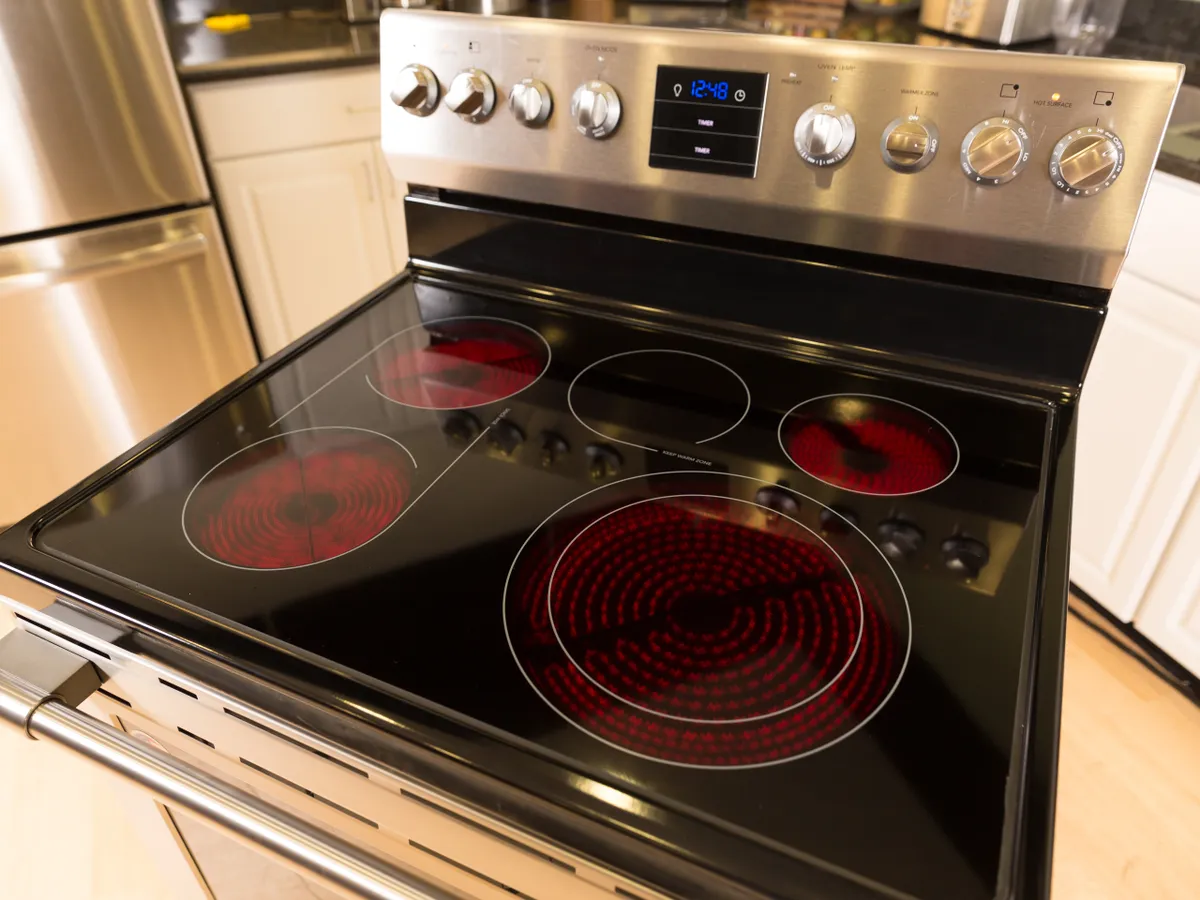


0 thoughts on “How Do You Know When A Rice Cooker Is Done”